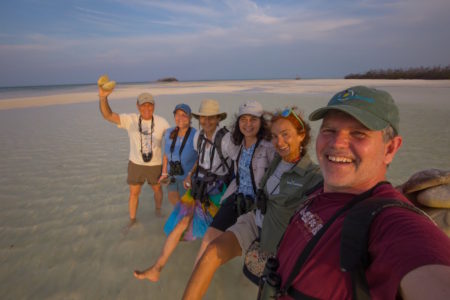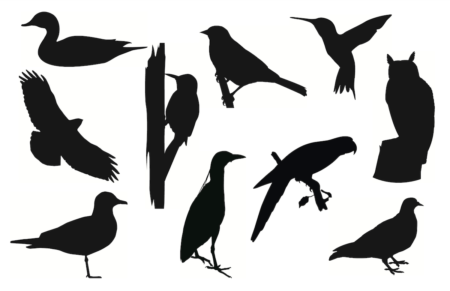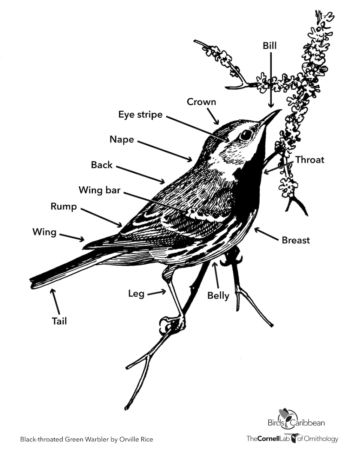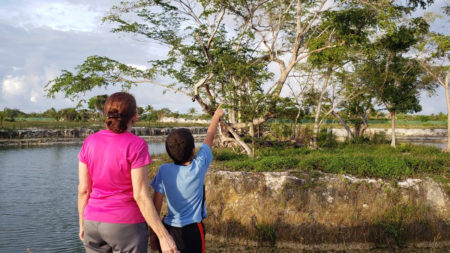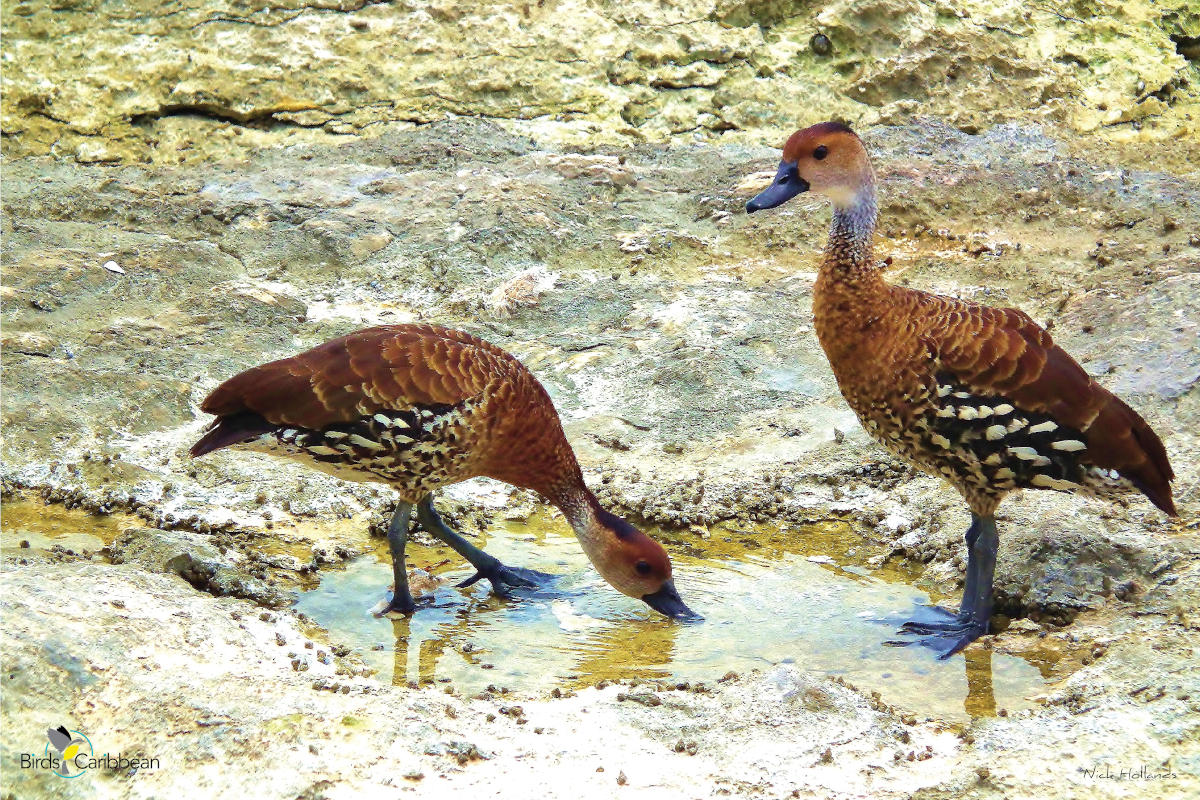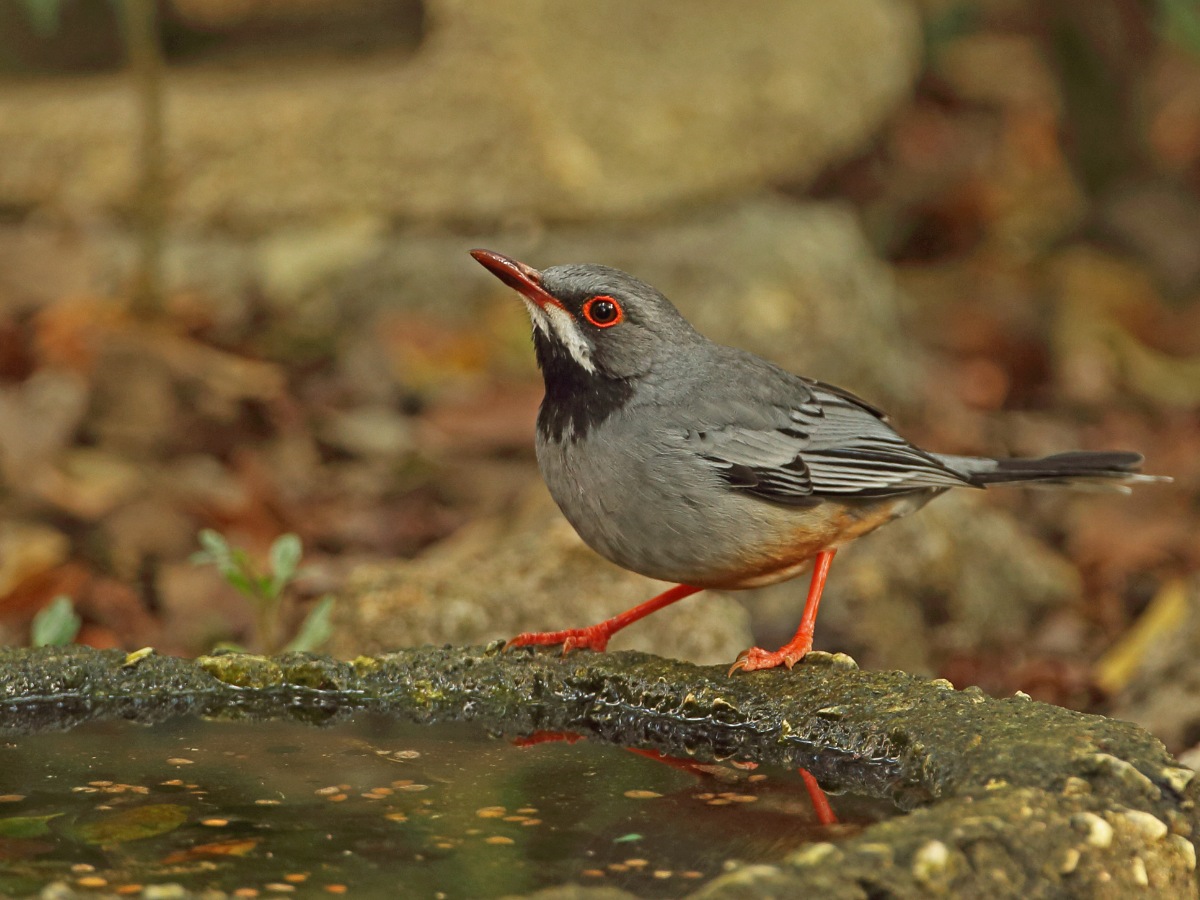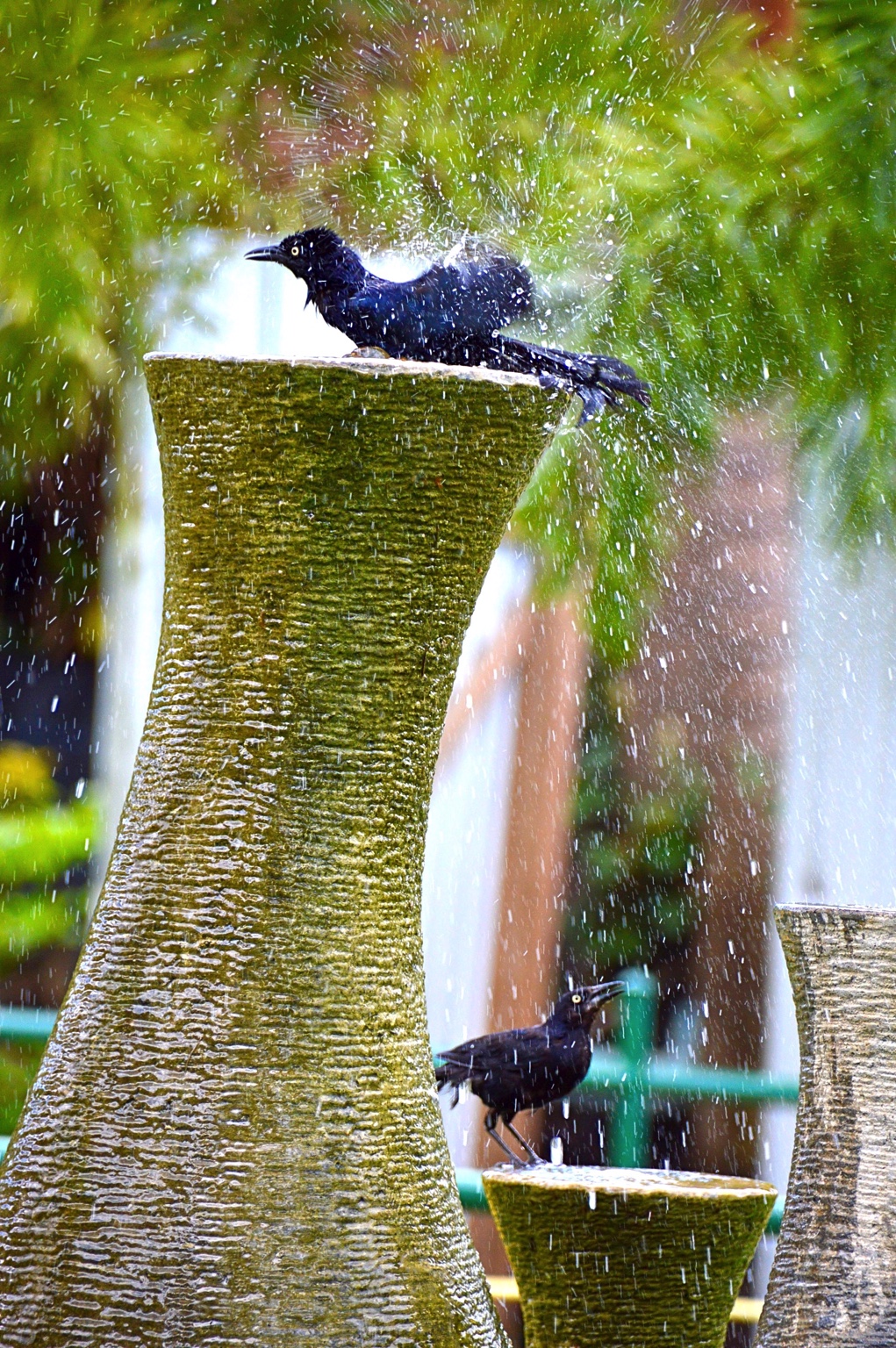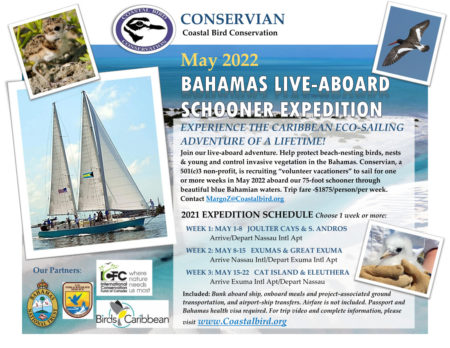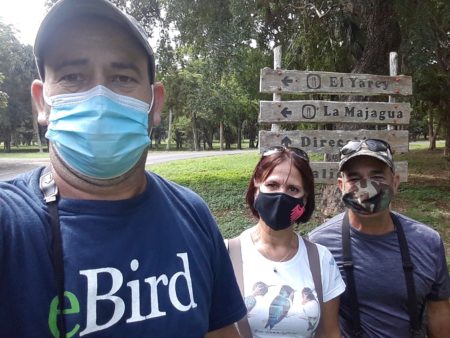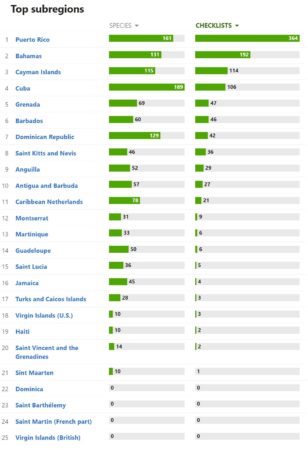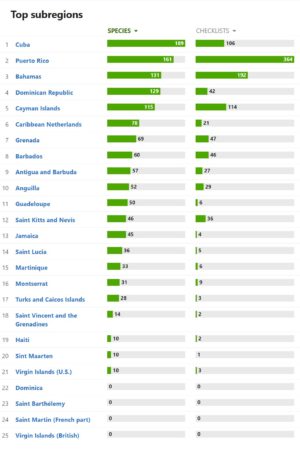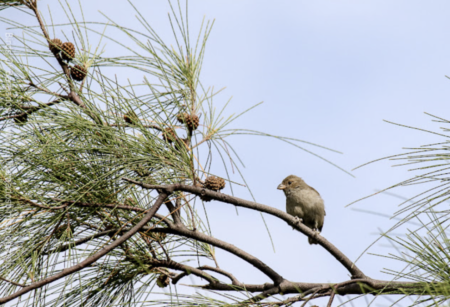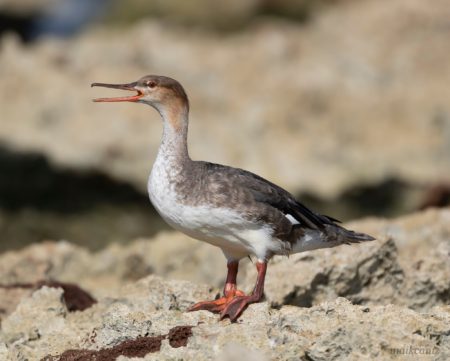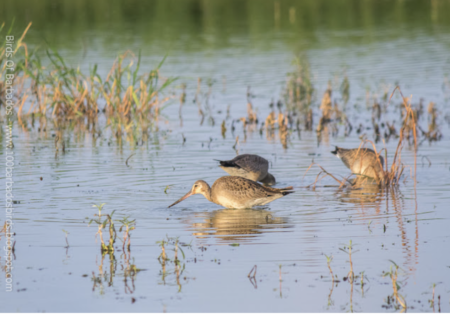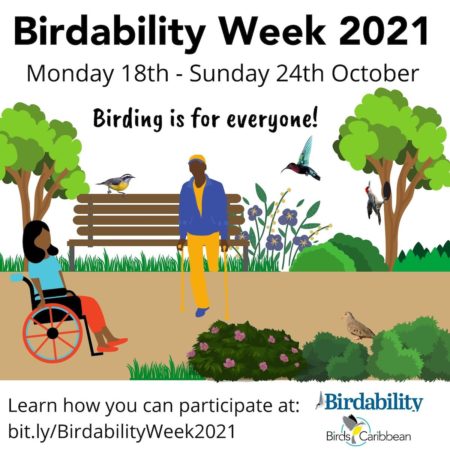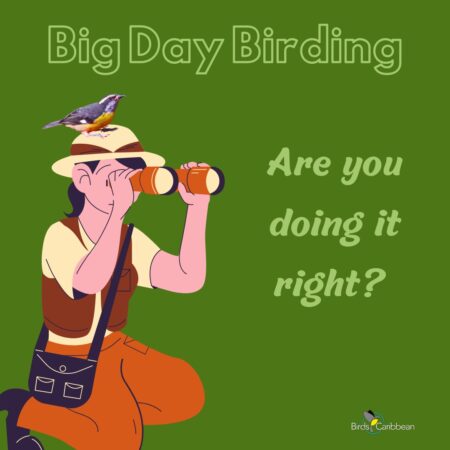 If you’re working today, you shouldn’t be. Tomorrow is Global Big Day for crying out loud. Cash in a sick day or just play hooky. It’s prep time!
If you’re working today, you shouldn’t be. Tomorrow is Global Big Day for crying out loud. Cash in a sick day or just play hooky. It’s prep time!
And so… here’s your Friday Checklist:
1) Polish up your binos with one of those sweet microfiber cloths. Nobody knows what microfiber actually is; maybe spider silk, or the amazingly soft armpit hair of a baby sheep, or dandelion seed fluffs delicately sewn together. Scholars are mystified, so just be happy it works. Wipe away.
2) Begin carb-loading. Finding time to eat a proper meal tomorrow will be challenging, so aim for consuming somewhere around four to five thousand calories today and you should be good to go. But avoid new and spicy foods. Diarrhea on game day will cost you time, and time=birds. Pig out.
 3) Play around on social media—you need to get the down-low on what other birders are up to right now. If they’re doing anything other than prepping for tomorrow, you can feel good about yourself. Also, we’re now living in an age where you can type pound signs in front of any nouns and verbs and then good things happen!? (Type #BandingTogetherForCaribbeanBirds and see what you find.) These are called hashtaggies. The more of these the better. In fact, if you add enough into one sentence, the entire sentence will become unintelligible, which is perfect, because confusing competing teams is part of your winning strategy. For your posts tomorrow, use #GlobalBigDayBirdsCarib Pound signs#.
3) Play around on social media—you need to get the down-low on what other birders are up to right now. If they’re doing anything other than prepping for tomorrow, you can feel good about yourself. Also, we’re now living in an age where you can type pound signs in front of any nouns and verbs and then good things happen!? (Type #BandingTogetherForCaribbeanBirds and see what you find.) These are called hashtaggies. The more of these the better. In fact, if you add enough into one sentence, the entire sentence will become unintelligible, which is perfect, because confusing competing teams is part of your winning strategy. For your posts tomorrow, use #GlobalBigDayBirdsCarib Pound signs#.
4) Why not set up camp tonight right where you want to start birding tomorrow? This is called tailgating, which is different from what New Jersey drivers do every time they get behind the wheel of their vehicles. Get a head start.
5) Take a nap from at least noon to 3pm today. You’ve earned it. Plus, tomorrow is going to be an early one. Sunrise waits for no one, neither does that dawn chorus. Sleep easy.
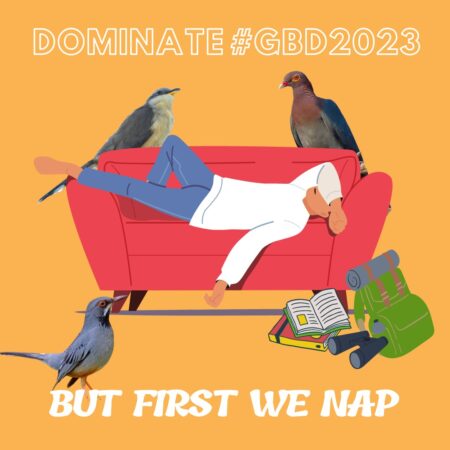 6) Be wary of encountering other birders out there as they may be Global Big Day’ers. They may look friendly at first glance, but what they really want is information, like what cool birds you have seen and where. Act naive, maybe even slightly disappointed, and ask them if they wouldn’t mind giving you advice on how to find whatever the most common species is in your area. They’ll leave you alone after that. Fly casual.
6) Be wary of encountering other birders out there as they may be Global Big Day’ers. They may look friendly at first glance, but what they really want is information, like what cool birds you have seen and where. Act naive, maybe even slightly disappointed, and ask them if they wouldn’t mind giving you advice on how to find whatever the most common species is in your area. They’ll leave you alone after that. Fly casual.
7) Refresh your knowledge of intricate molt patterns, especially with gulls. Rumor has it that some gull species have over 300 plumage variations, and that no mortal human can possibly comprehend them all. Muttering something about “3rd year nonbreeding alternate plumage” to a teammate might score you some cool points. Good luck.
8) It’s time to plan out the ground that you’re going to cover. Hour-by-hour planning is fun, but so is winging it. Keep some spontaneity on the docket. And remember that high vantage points are worth seeking out. The higher the better. Never been sky-diving? Now is your time. Bungee-jumping sounds cool, too, but during the recoil you might concuss yourself with your binoculars. Go high.
9) It’s gonna be a long day, so be sure to hydrate like crazy. Electrolytes are all the rage these days, and because they taste like hell by themselves you’ve got a great excuse to mix in a few cups of sugar. Nectar for the birds, and nectar for you. Pace yourself.
10) Reflect on which sock type to wear: tube socks or low-cuts? Don’t kid yourself, you’re a birder. That choice was made long ago. Tube up!
11) Tell a family member about Global Big Day. Not your second cousins on your mother’s side, they won’t care. But maybe your sweet aunt or the brother you’ve neglected for far too long. Convince them that birding is fun and that they should join you, or better yet, donate to your team. Remember that family is obligated to love you and the things you do. And grandpa is definitely sitting on some money that he should be contributing to BC’s fundraiser. Milk that.
12) Cue up your eBird account, make sure it still works, and check in with your team leaders to make sure you are added to your team’s Global Big Day Trip Report. (Check your team’s trip report – links are here – and see if you are on the list of members!).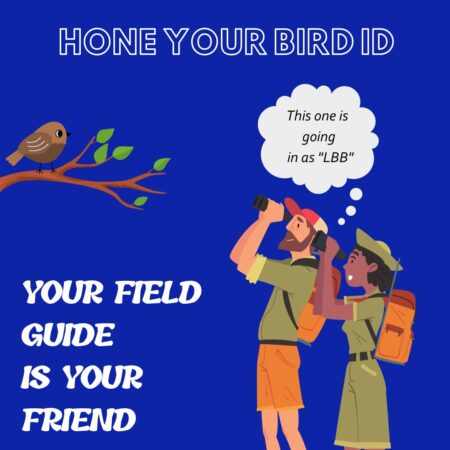 Your role as a community scientist makes you awesome. And remember that LBBs (Little Brown Birds) are definitely an acceptable species entry in eBird. Sure, Jeff Gerbracht will have to go through and manually correct each one of those entries, but that’s the price he pays for pledging his allegiance to a stacked GBD team. EBird or bust.
Your role as a community scientist makes you awesome. And remember that LBBs (Little Brown Birds) are definitely an acceptable species entry in eBird. Sure, Jeff Gerbracht will have to go through and manually correct each one of those entries, but that’s the price he pays for pledging his allegiance to a stacked GBD team. EBird or bust.
13) With all this prep, your Global Big Day will surely be unforgettable. But your memory isn’t what it once was, so you might actually forget a lot of it. Best to document your exploits. While it’s highly likely that Uncle Sam or Big Brother is continuously taking beautiful photos of you from above, some good shots from ground-level of birds and people birdwatching will make you eligible for more prize giveaways—so be sure to pack a camera. Say cheese!
If you’re not having fun, then you’re not birding. And if you’re not birding, you’re definitely not having fun. Let’s make Global Big Day 2023 the best one yet!
p.s. It’s not too late to join one of our 16 awesome teams!!! Just click here to choose a team and/or donate!
Here’s a link to our Global Big Day blog article with more information about how this fundraiser will benefit conservation of the Caribbean’s AMAZING birds!
Any questions whatsoever about your birding mission tomorrow, don’t hesitate to email or text us! Lisa Sorenson – lisa.sorenson@birdscaribbean.org (508-333-8587); and Jeff Gerbracht – jeffgerbracht@gmail.com (607-793-6056).
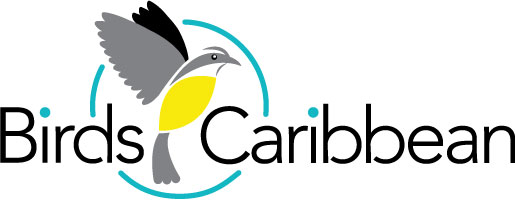

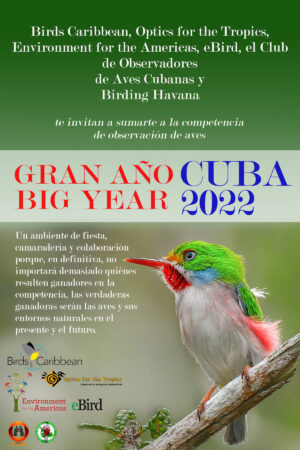
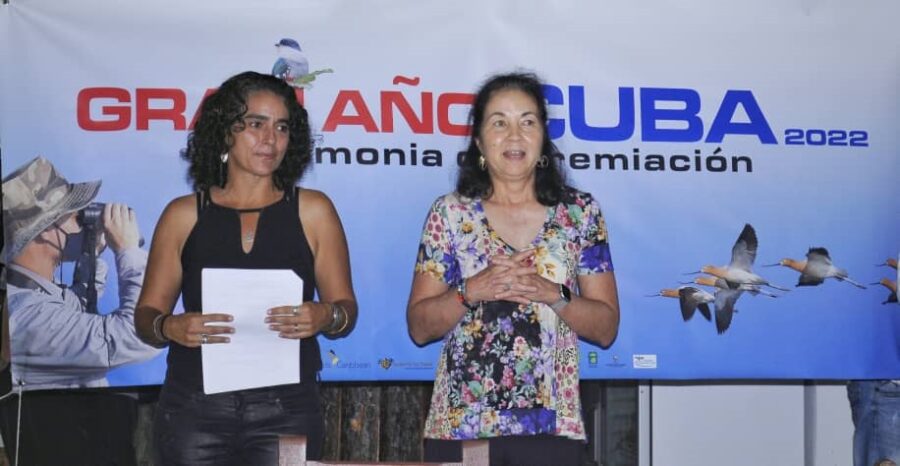
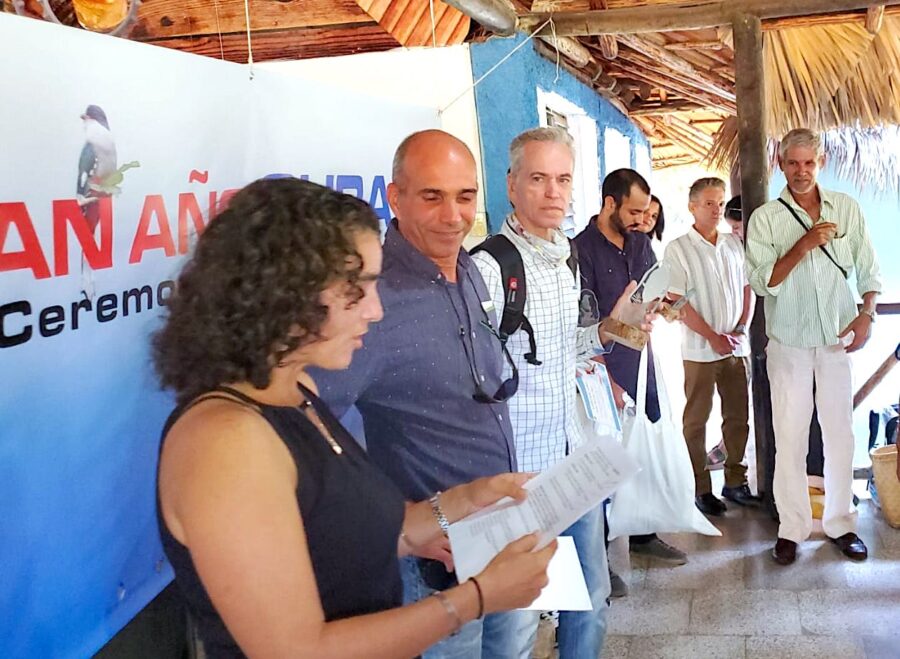



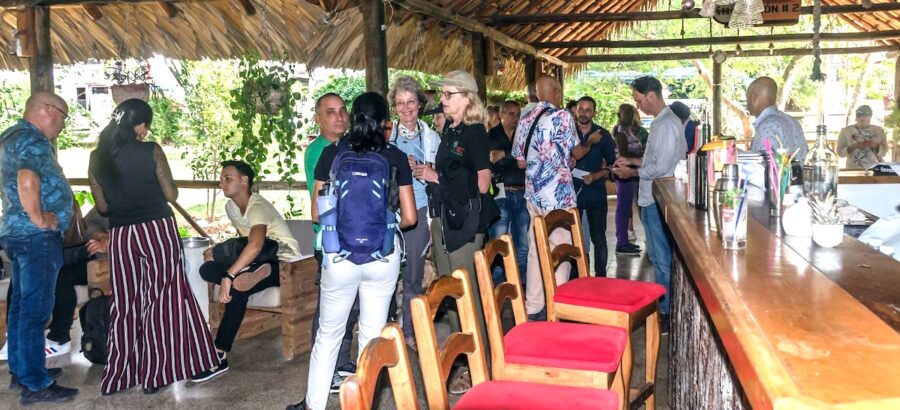
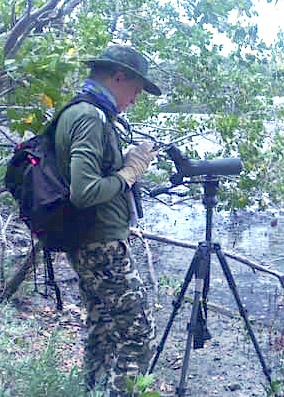
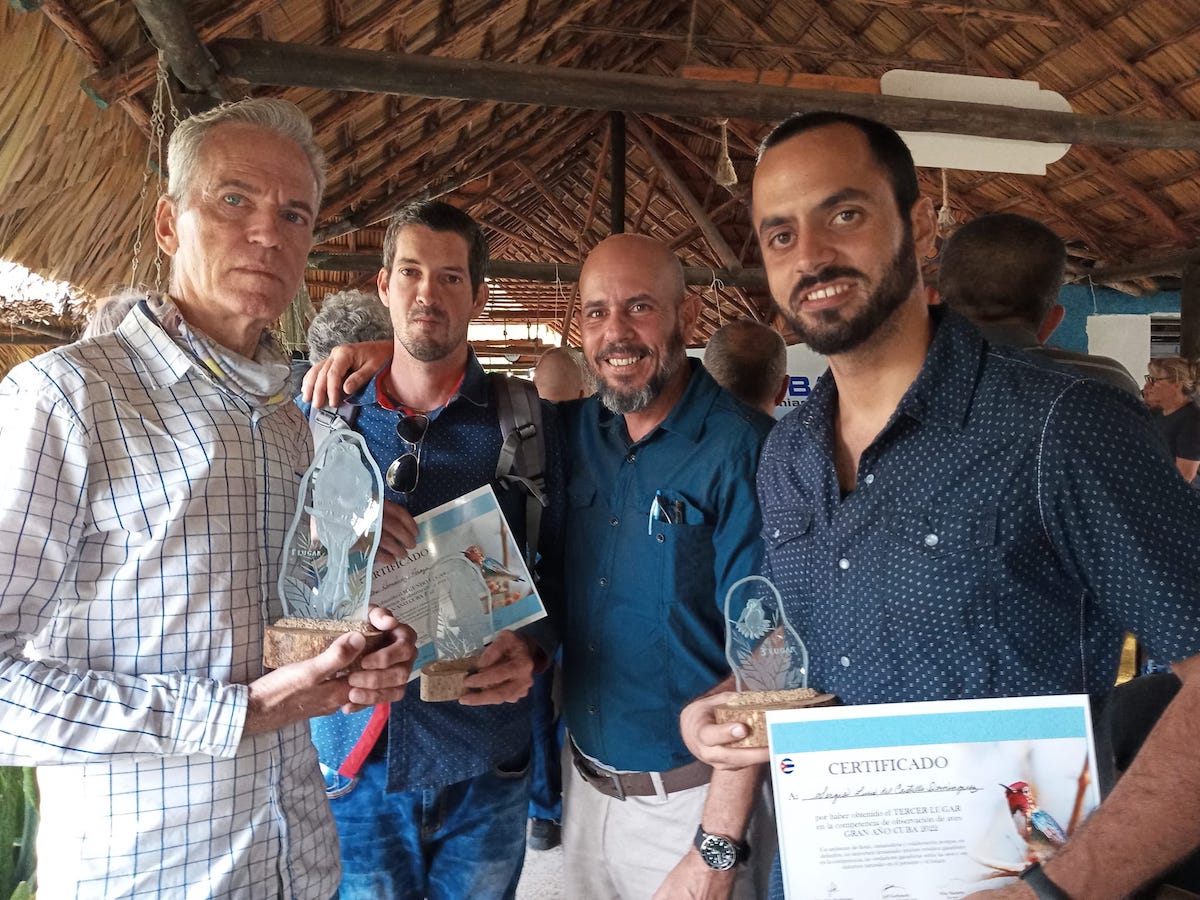
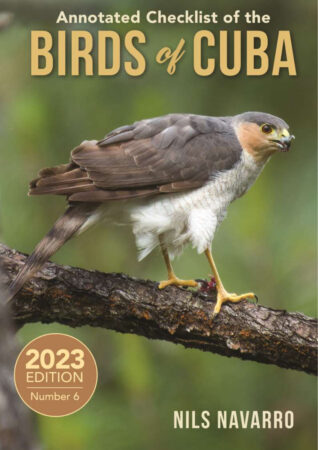
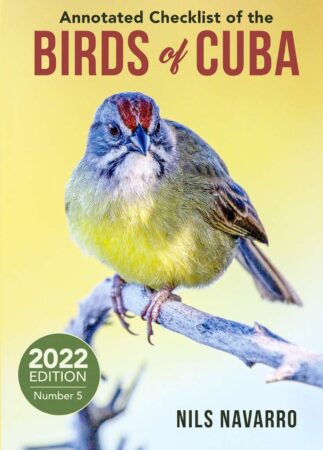
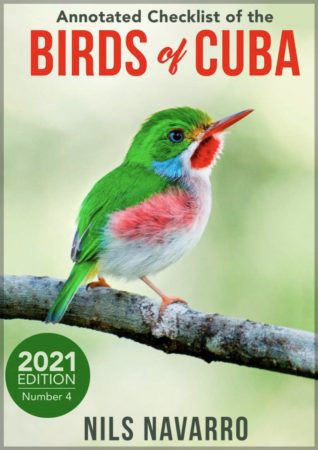
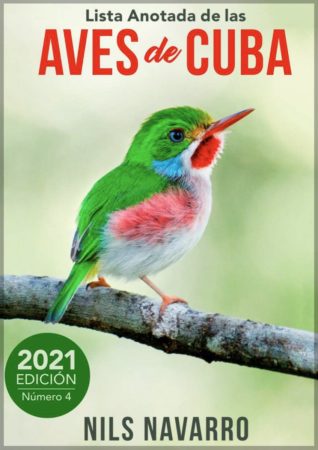
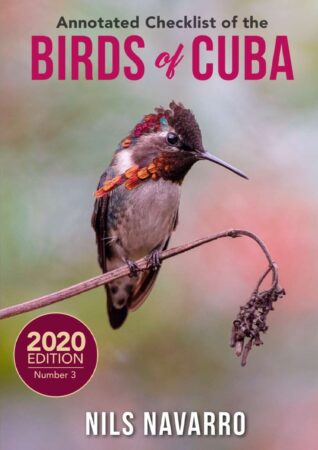
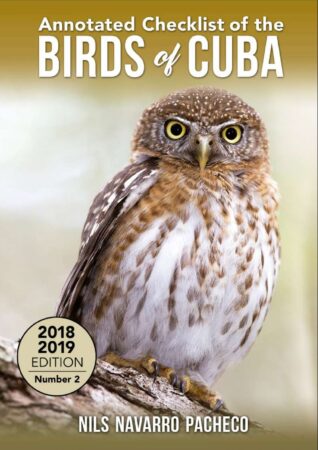
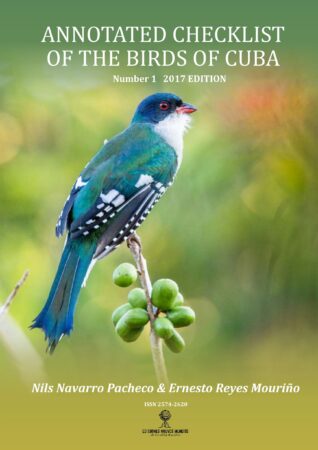
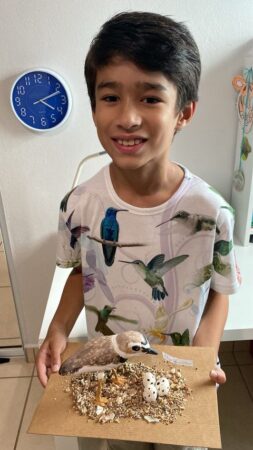
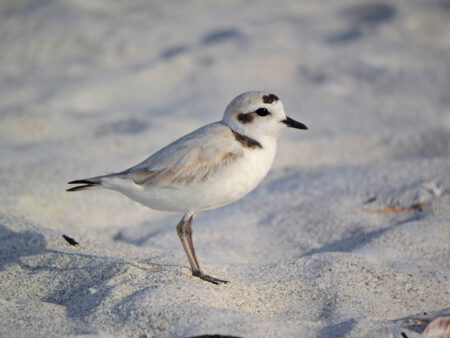
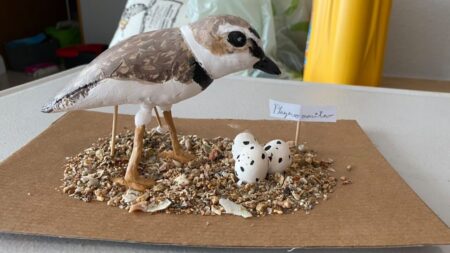
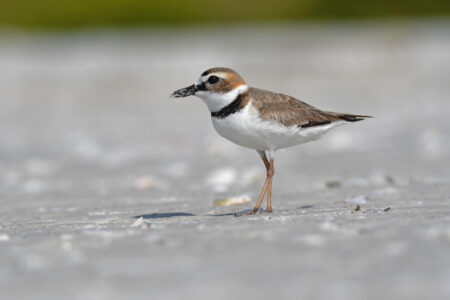
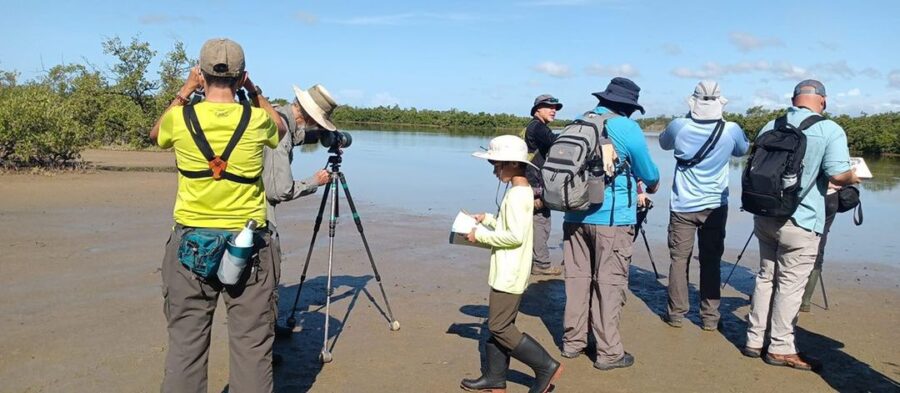

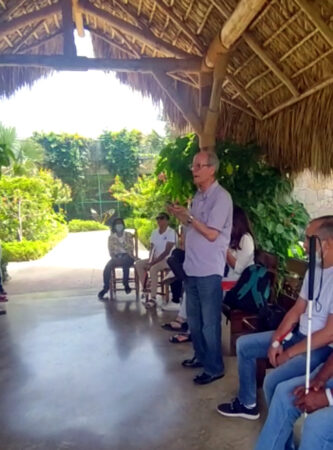
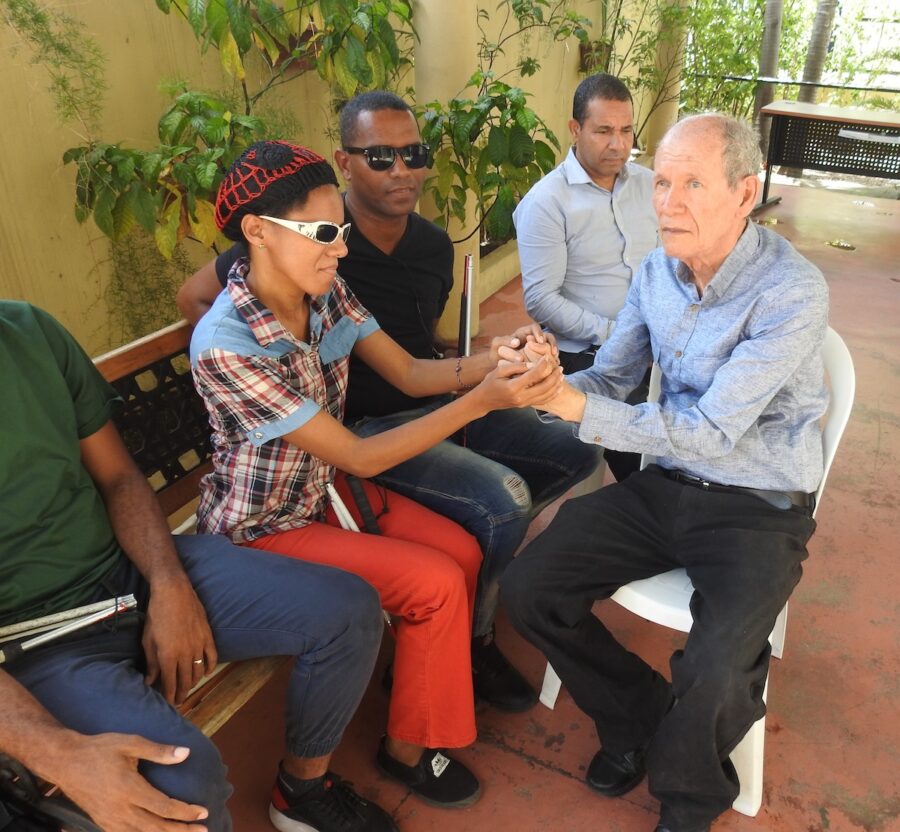
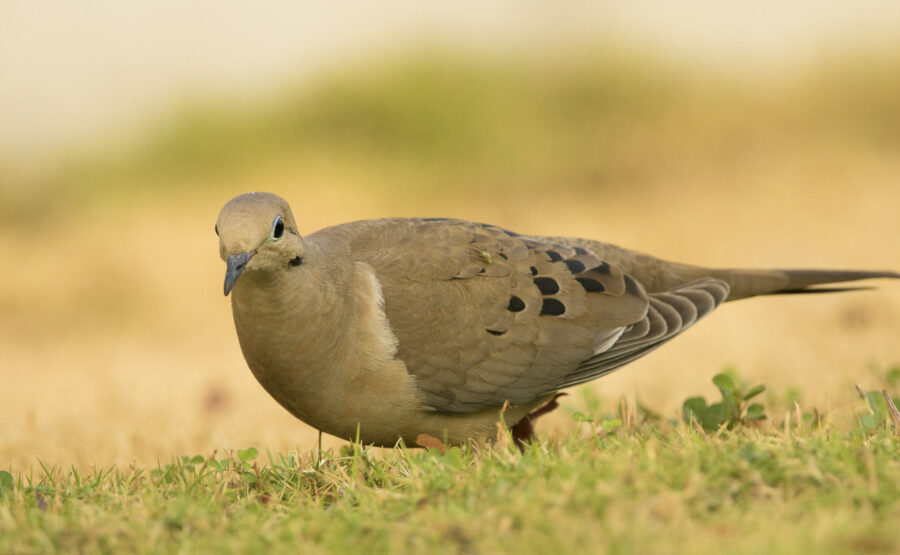

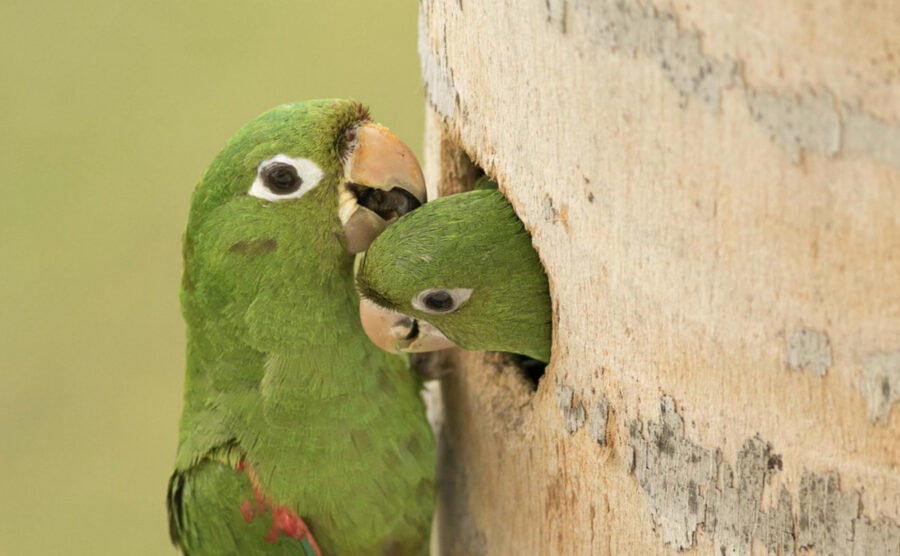
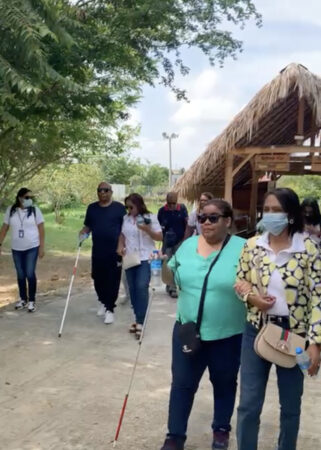
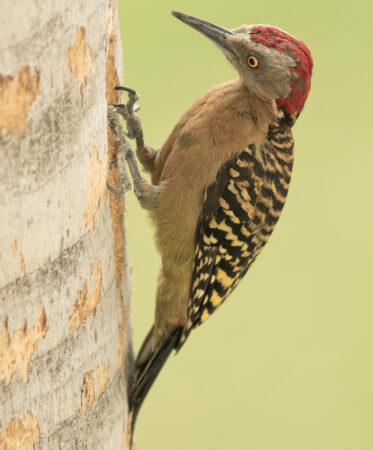
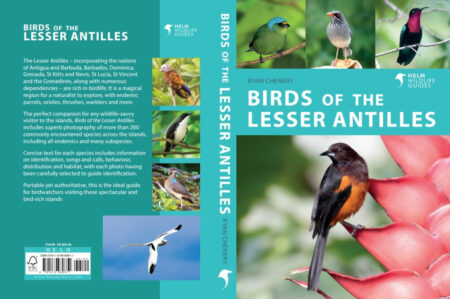
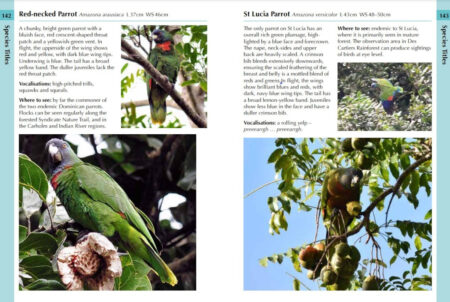
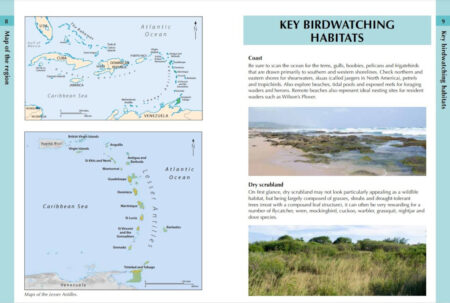
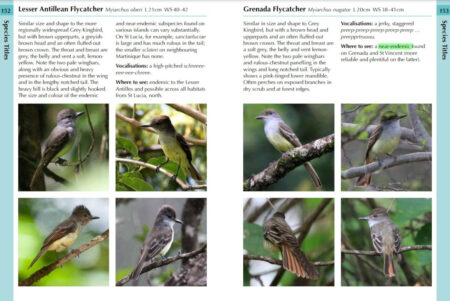
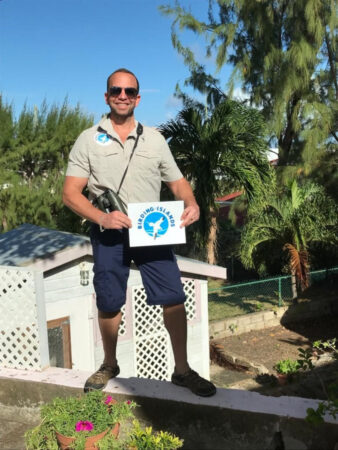
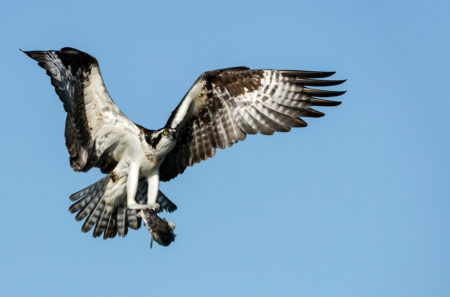
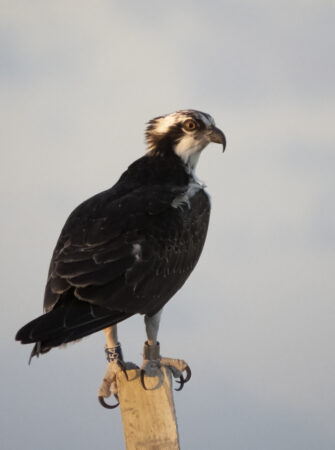
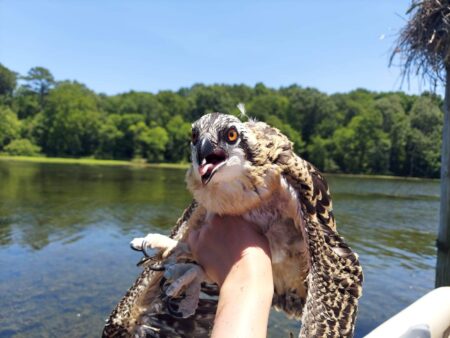
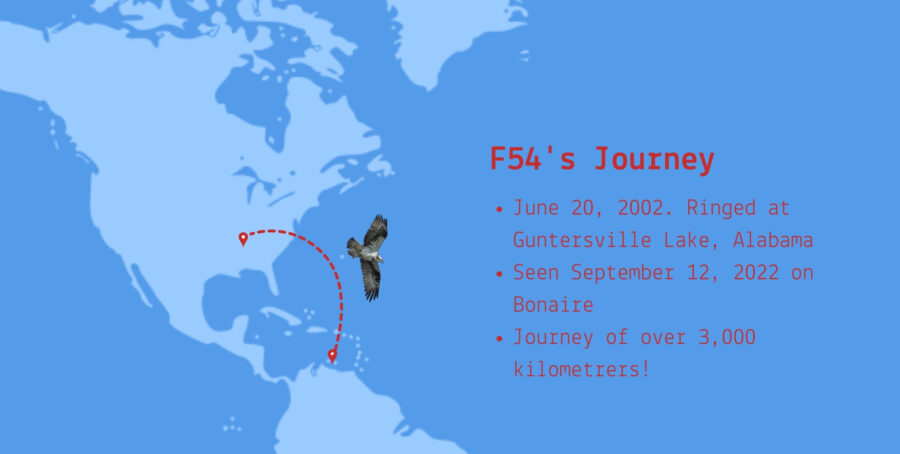
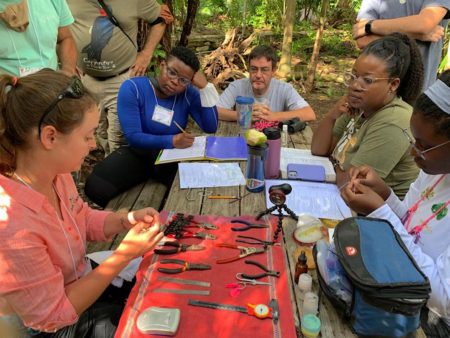
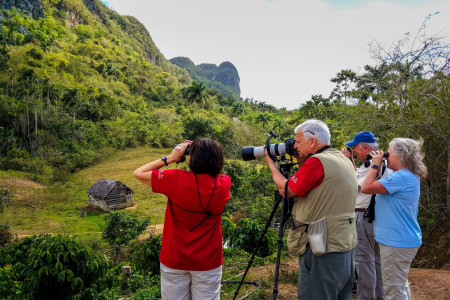
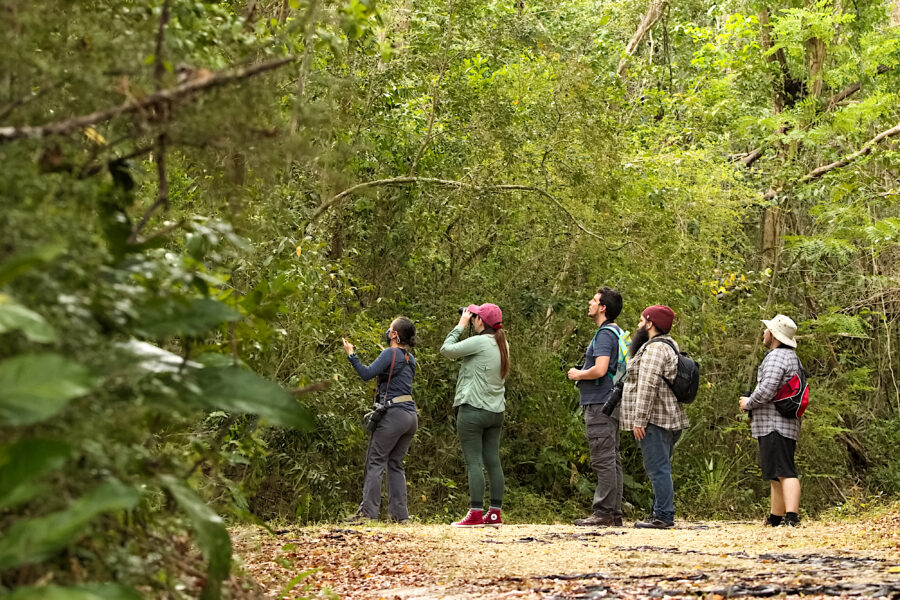
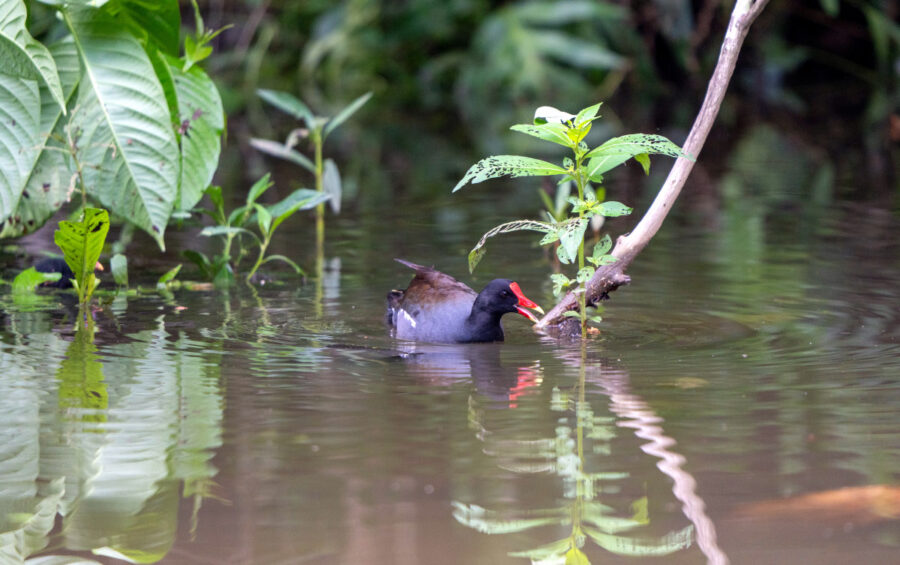

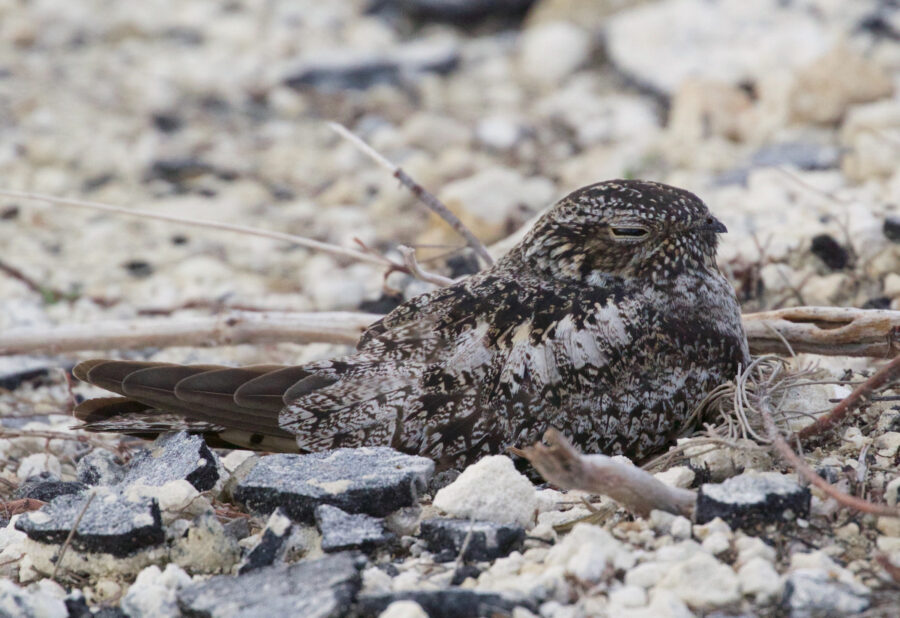
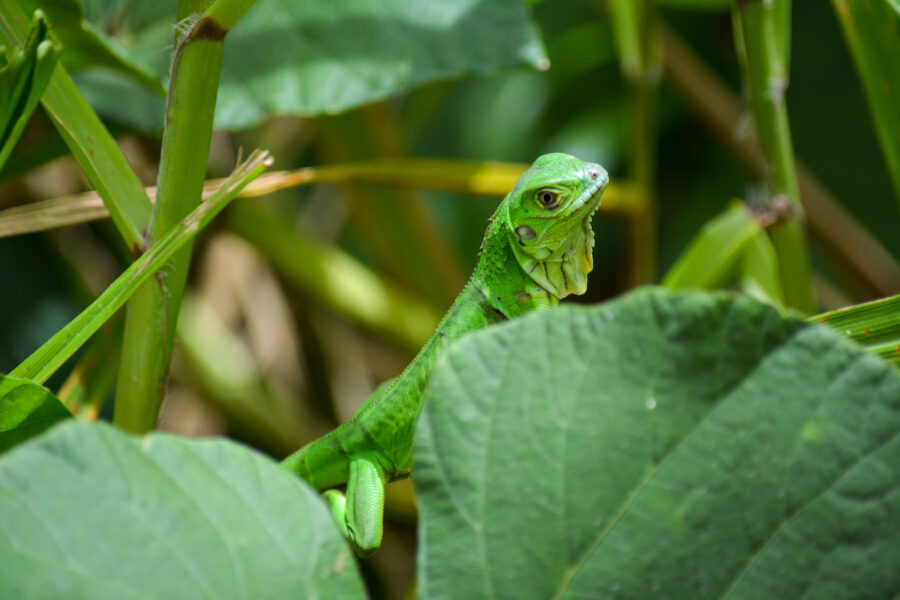
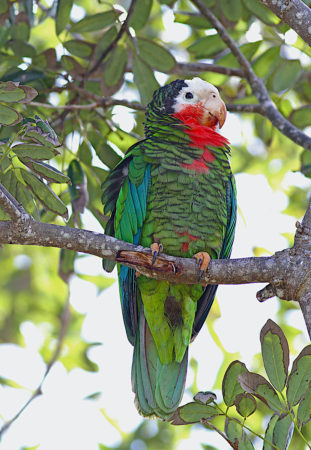
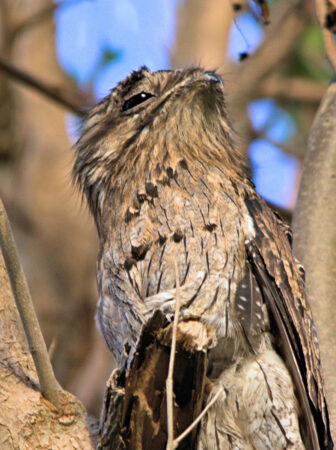
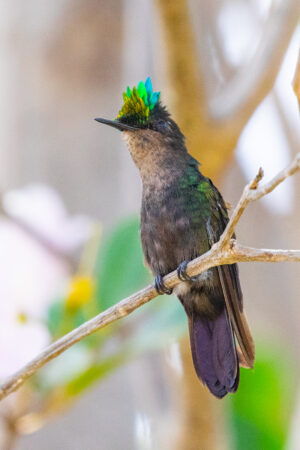
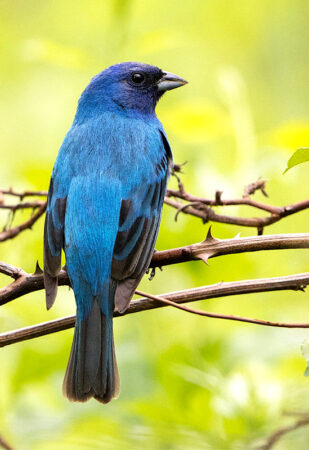
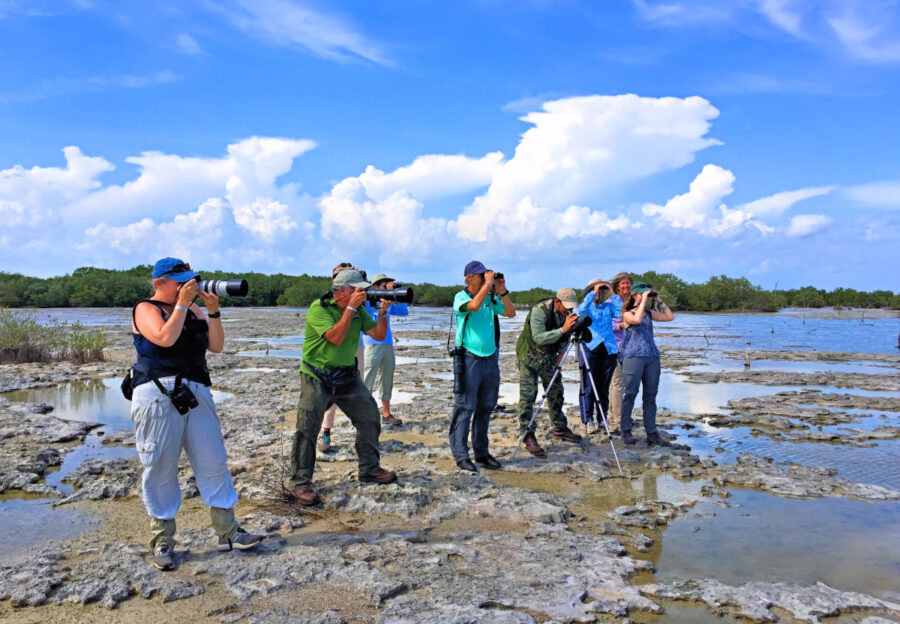
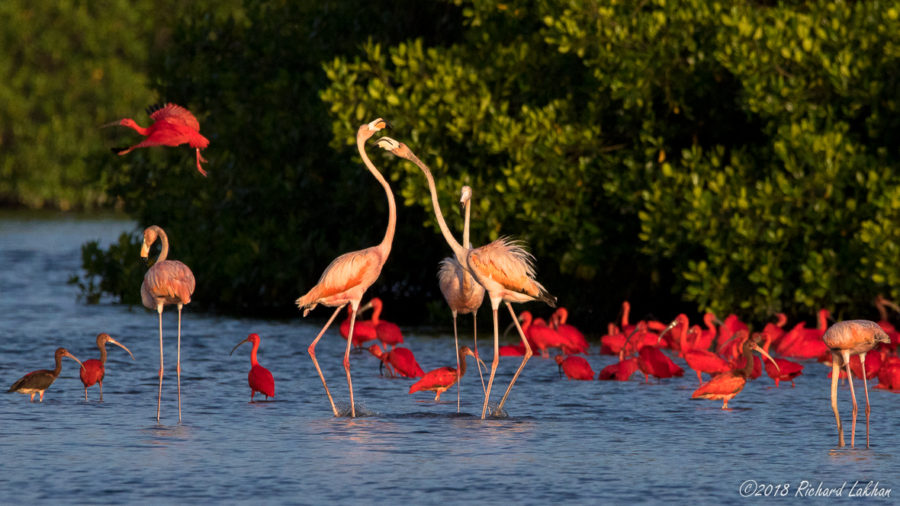
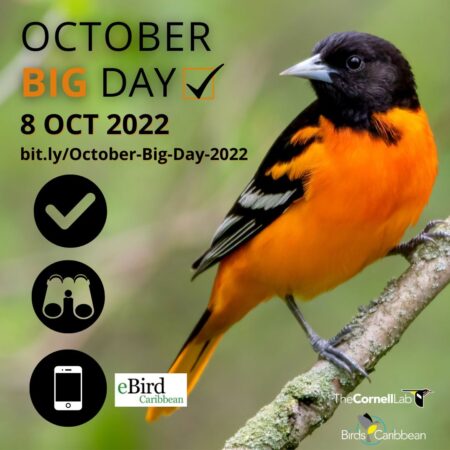
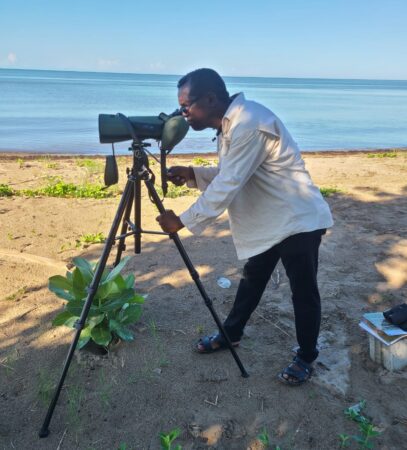
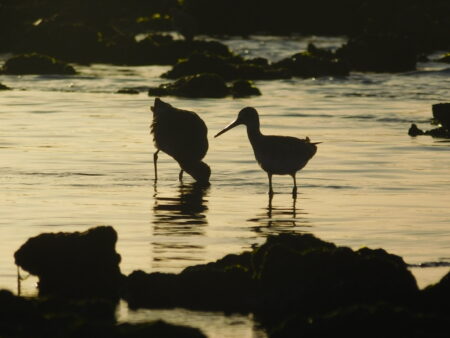
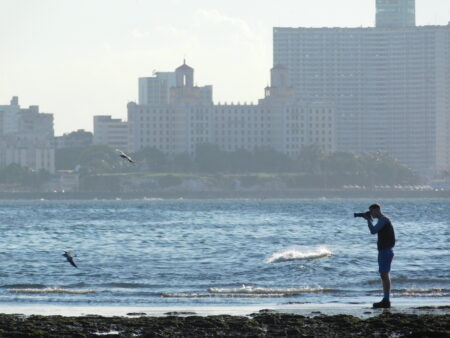
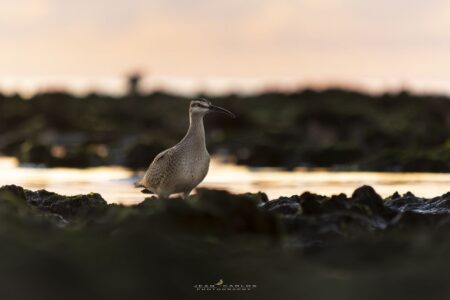
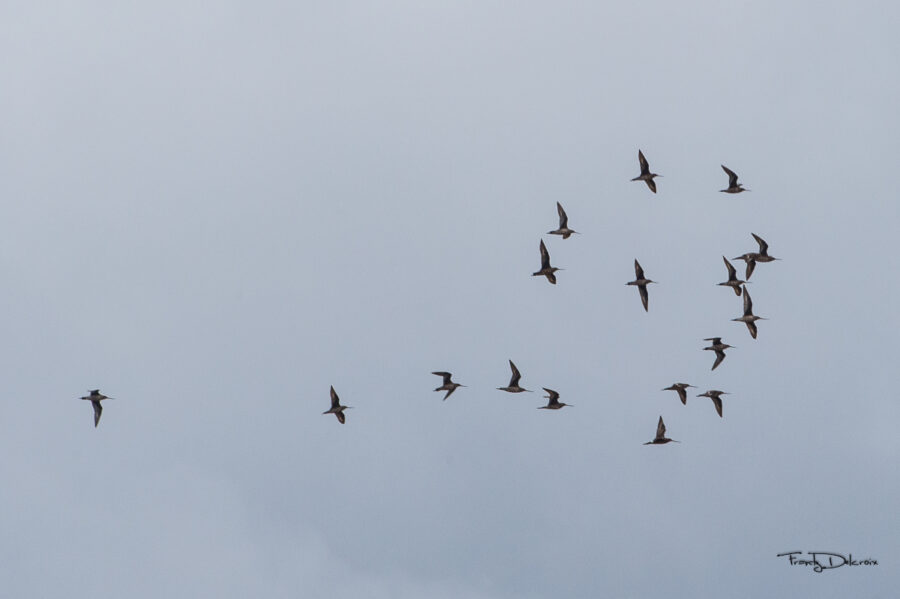
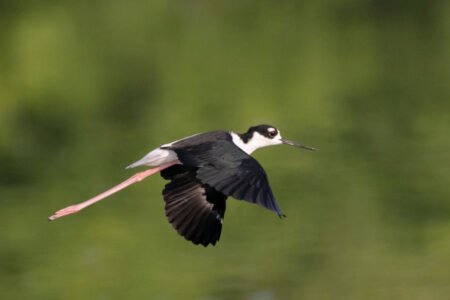
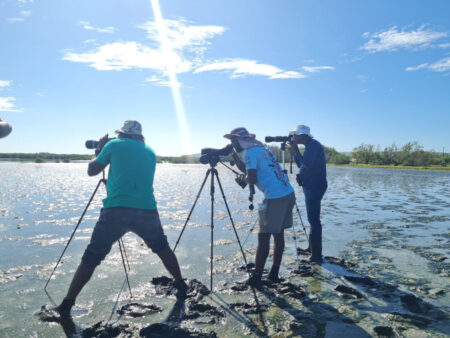
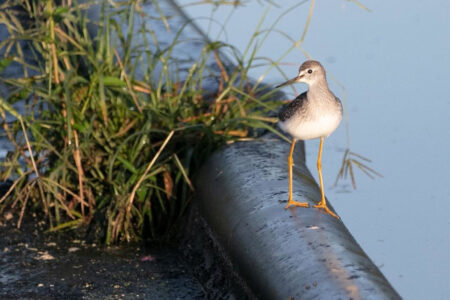
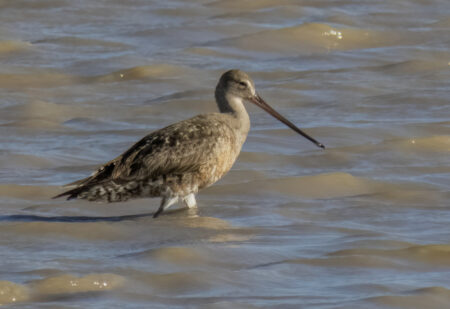
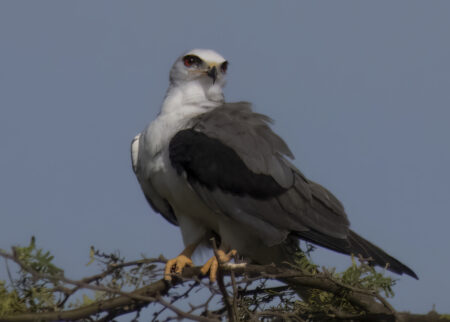
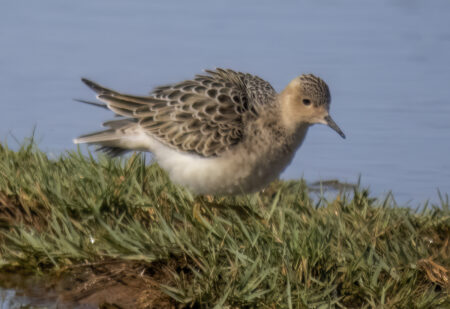
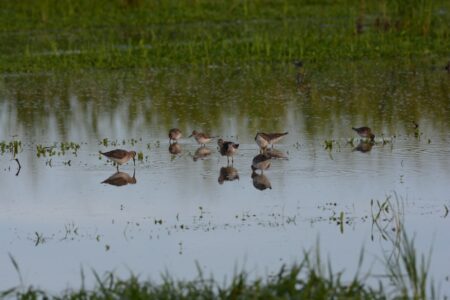
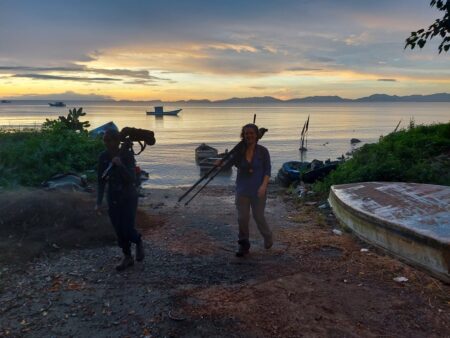
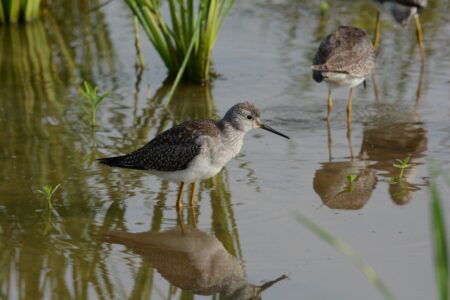
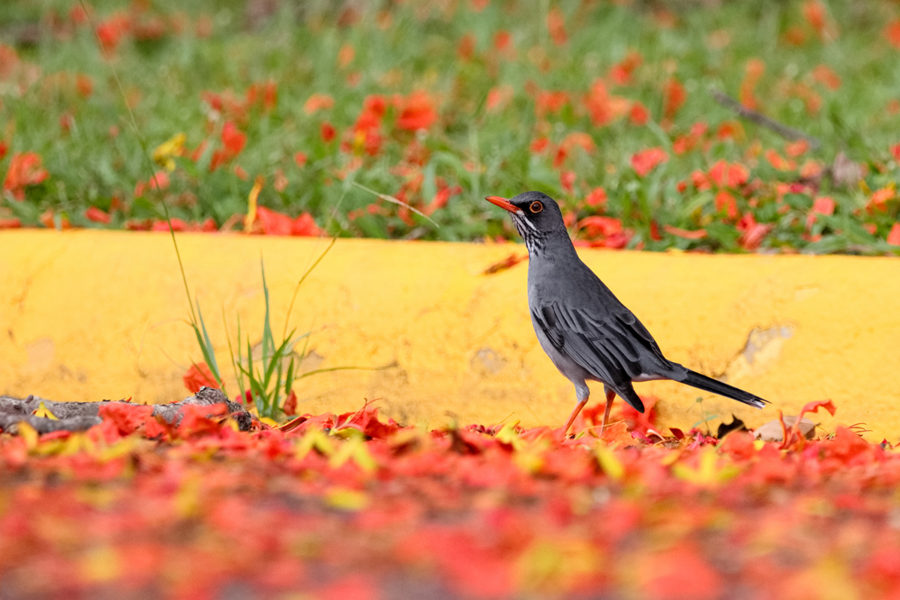
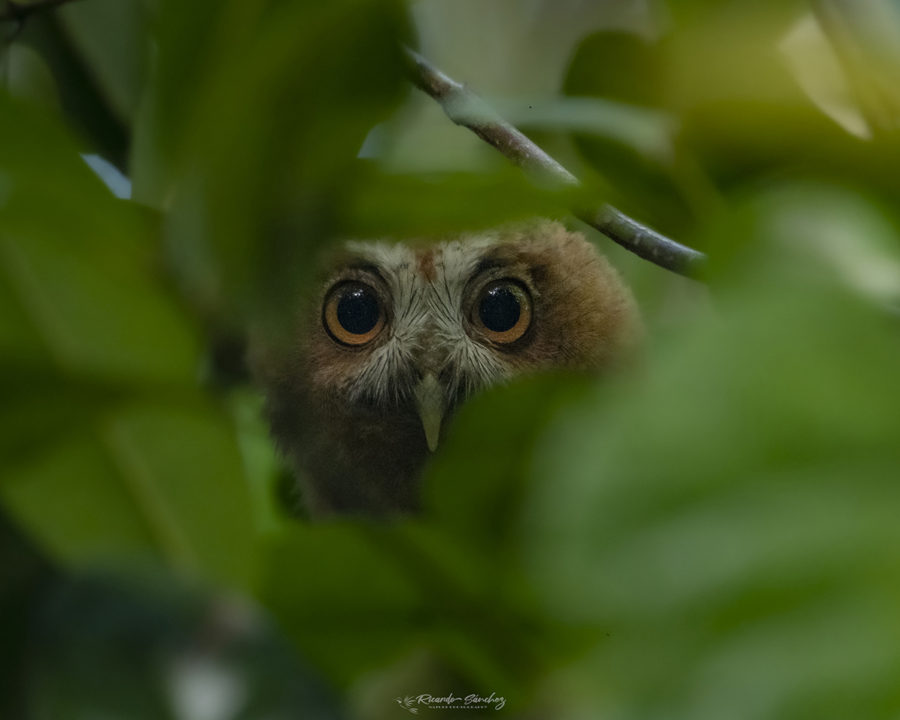
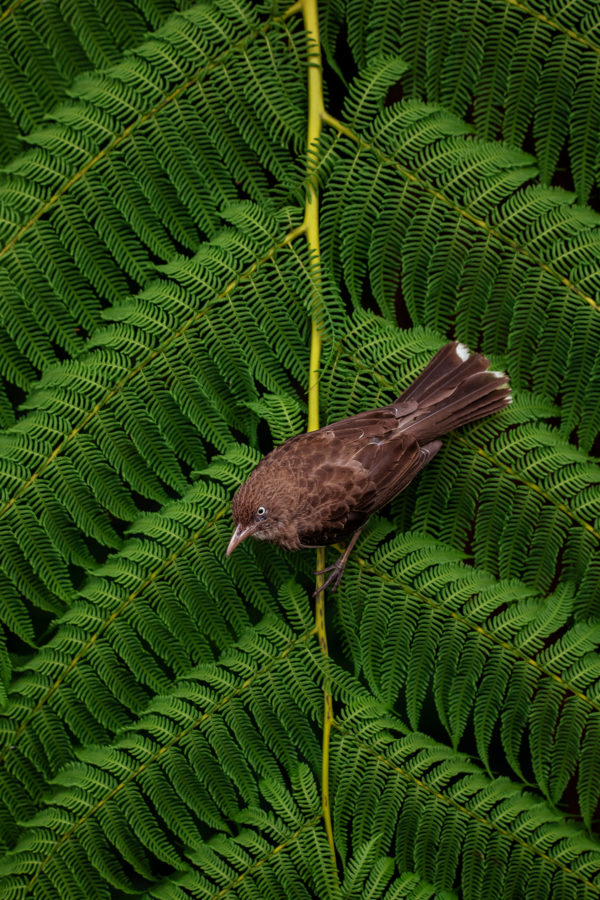
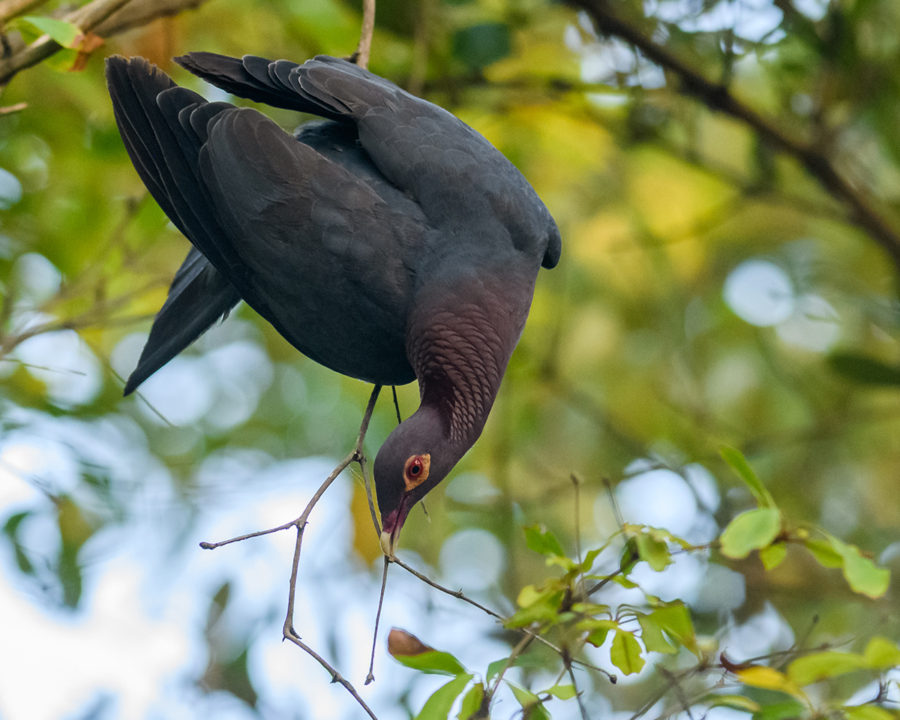
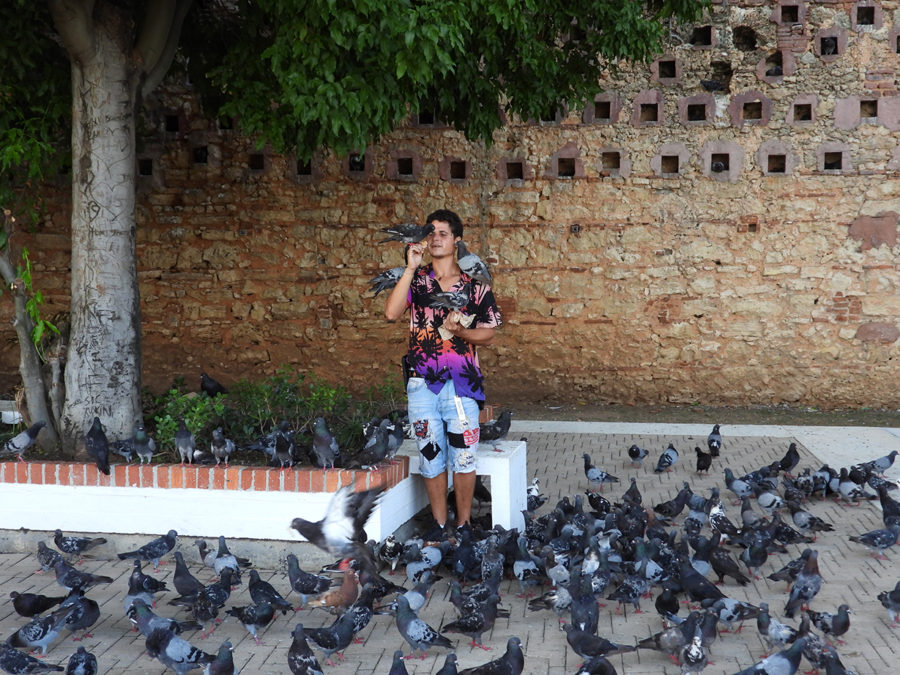
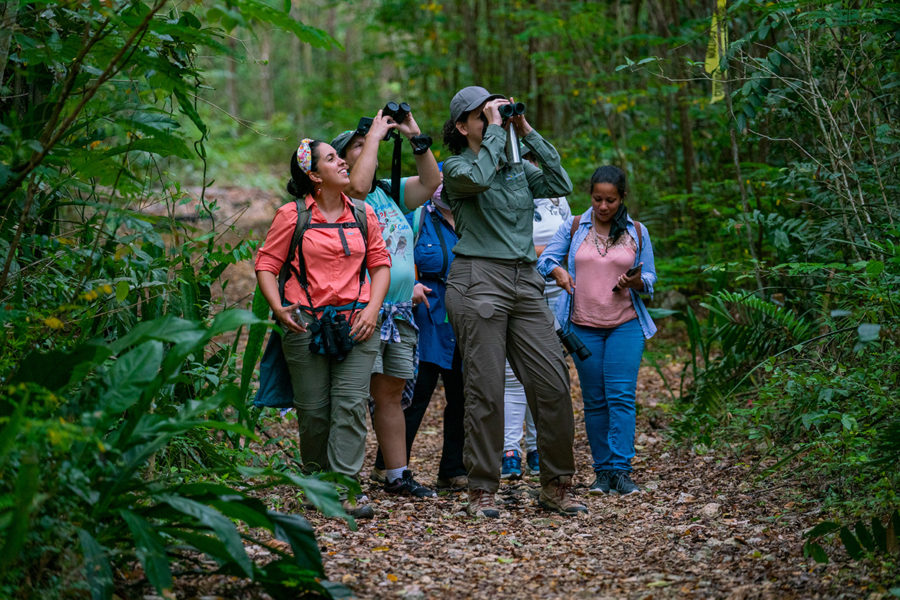
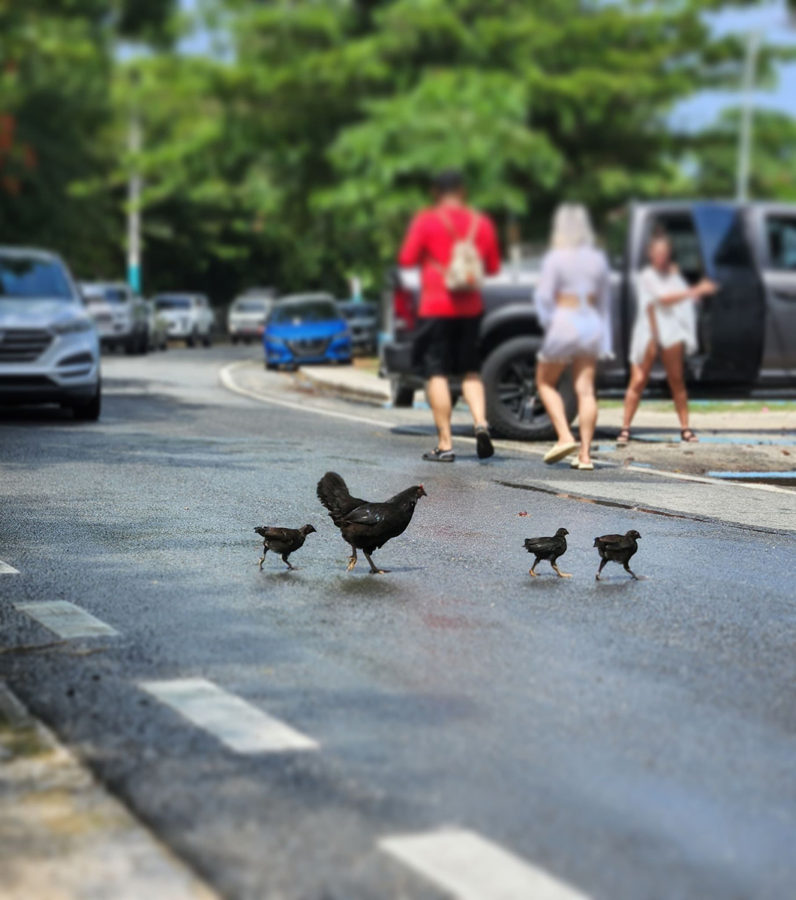
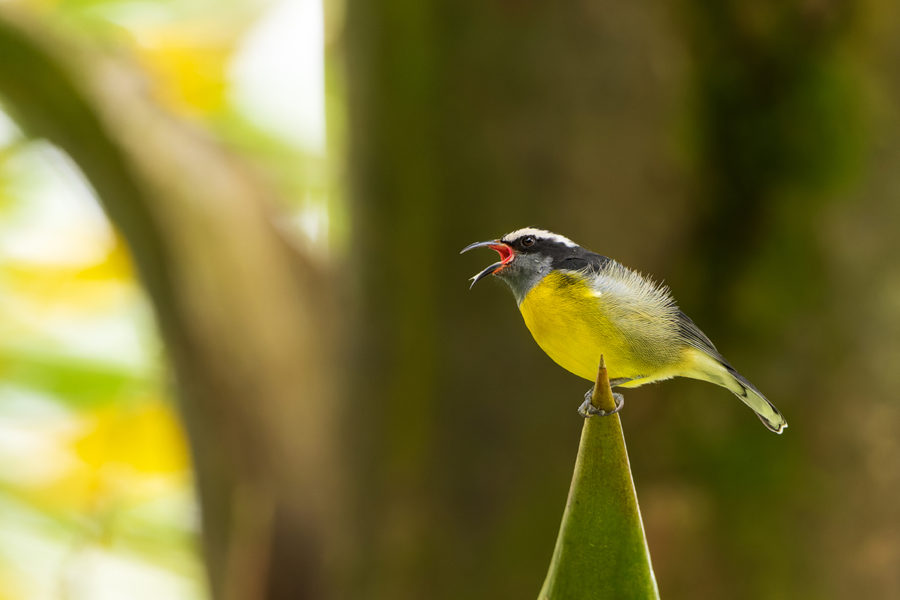
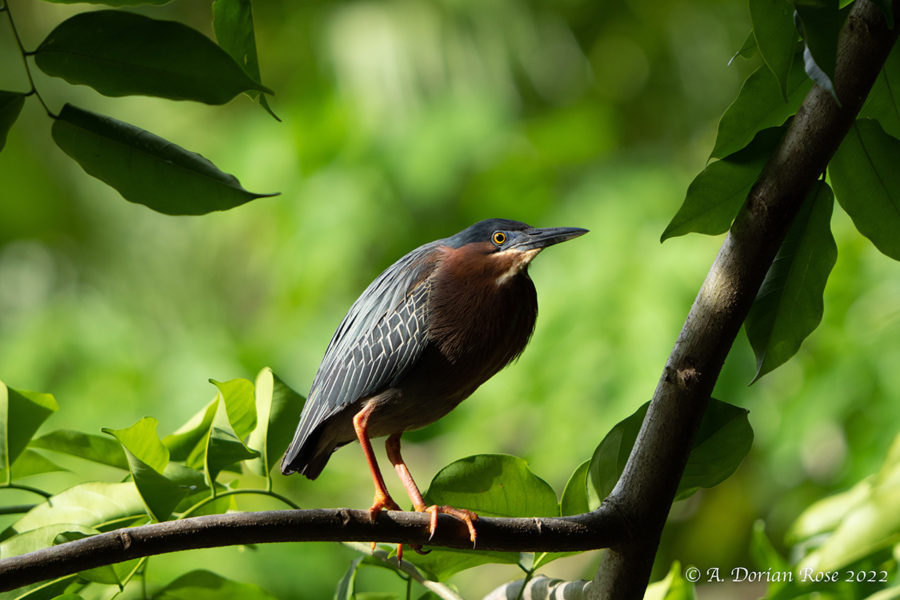
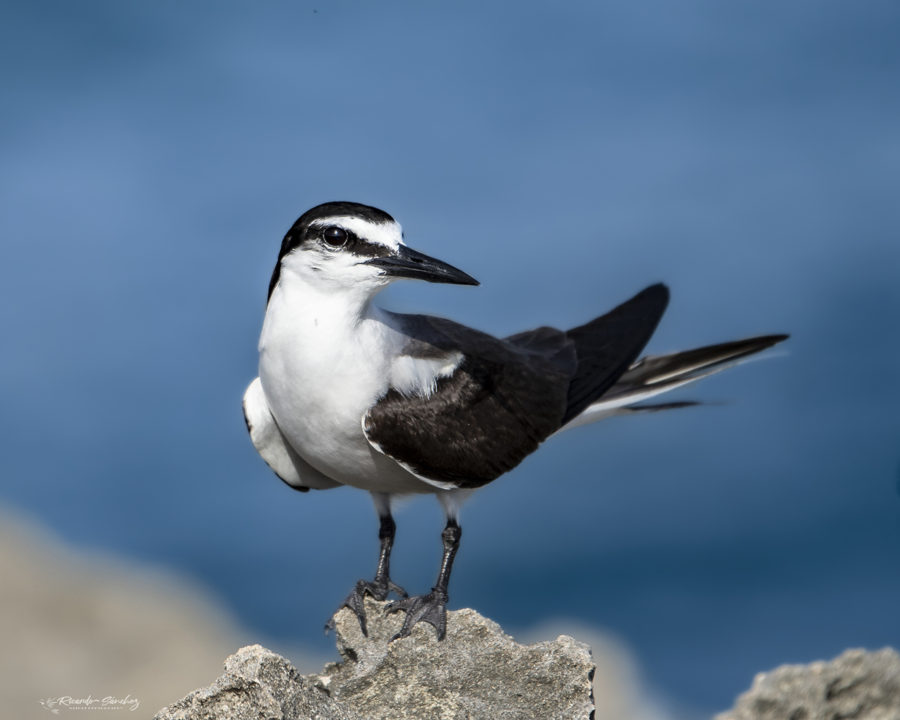







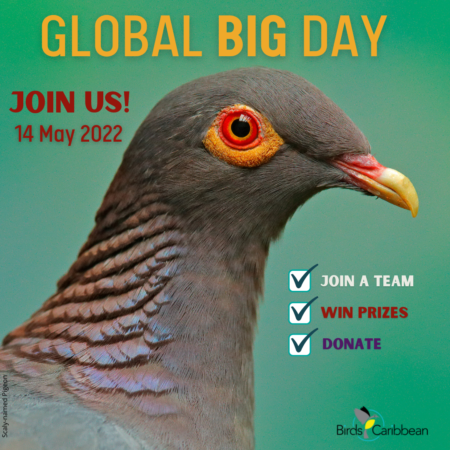








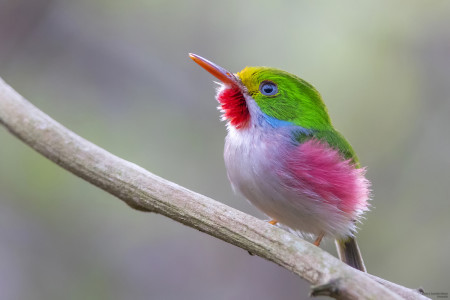
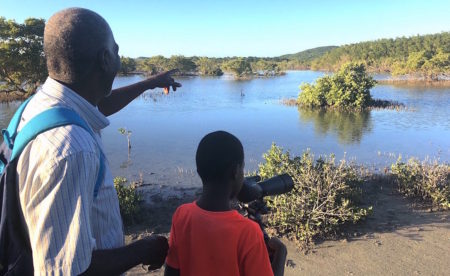
 Stop, Look and Listen.
Stop, Look and Listen. Zoom In.
Zoom In.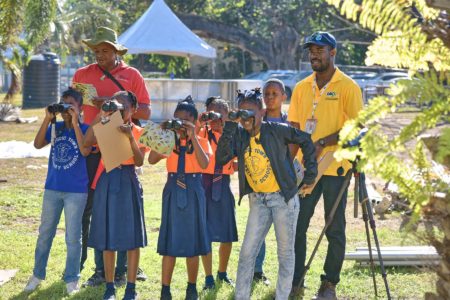
 Read Up.
Read Up. Find your Flock!
Find your Flock!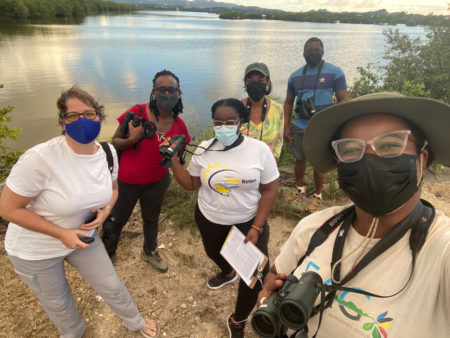
 Make your Yard Bird-friendly.
Make your Yard Bird-friendly. Bring the Birds to You!
Bring the Birds to You!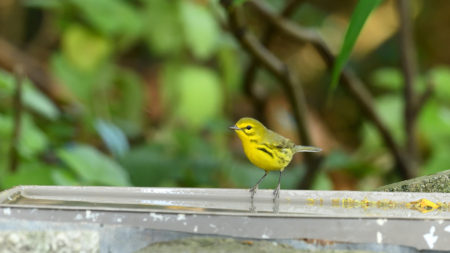
 Talk the Talk.
Talk the Talk. Take Notes.
Take Notes.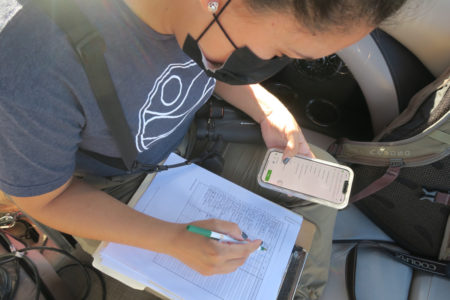
 Respect.
Respect.  Practice, Practice, Practice . . . and Have Fun!
Practice, Practice, Practice . . . and Have Fun!